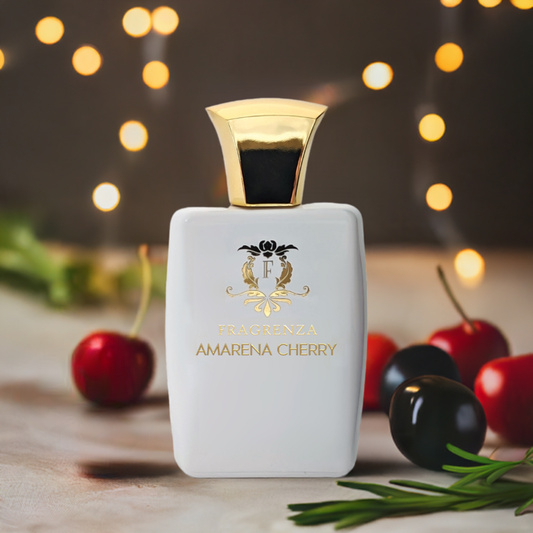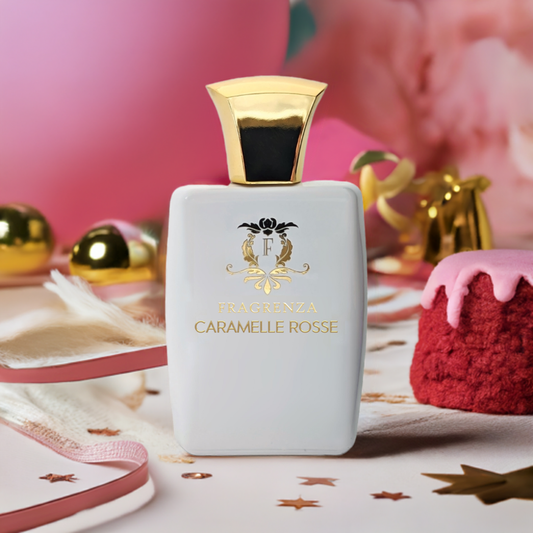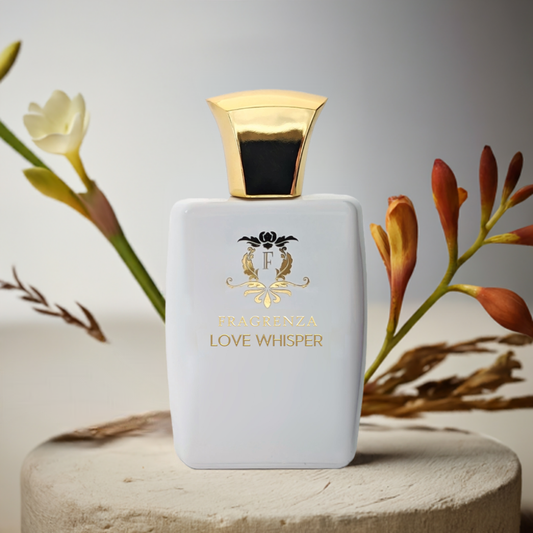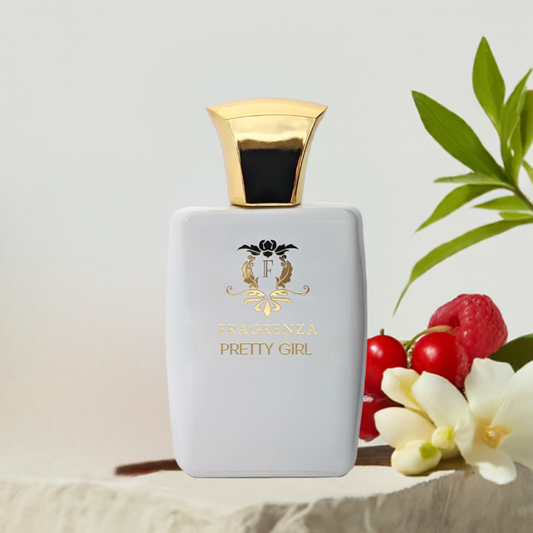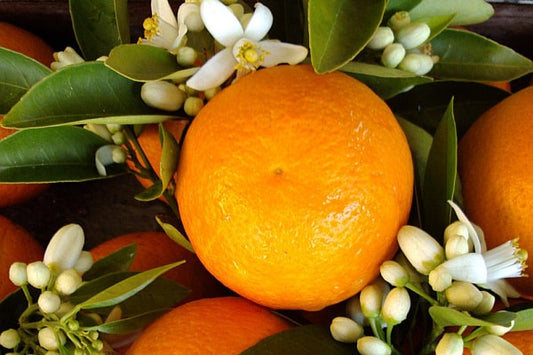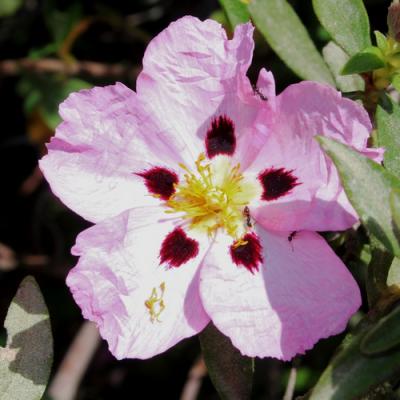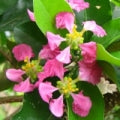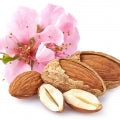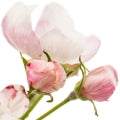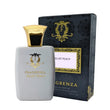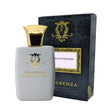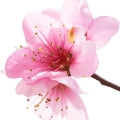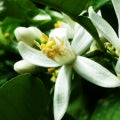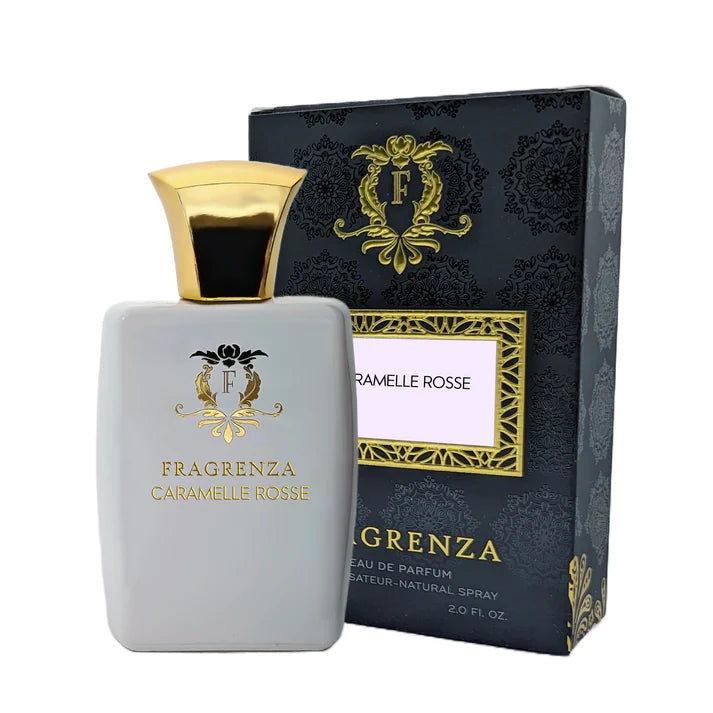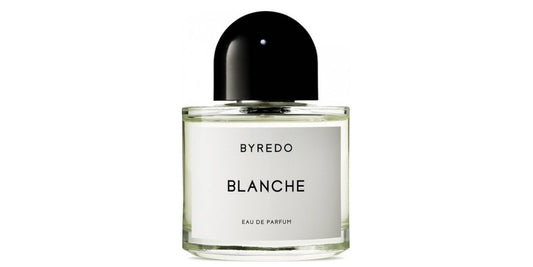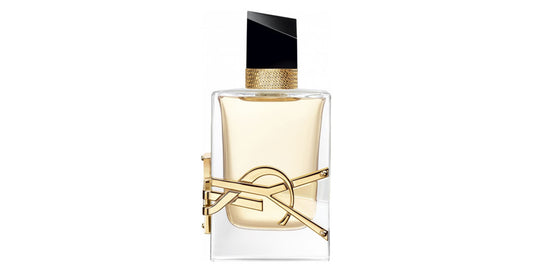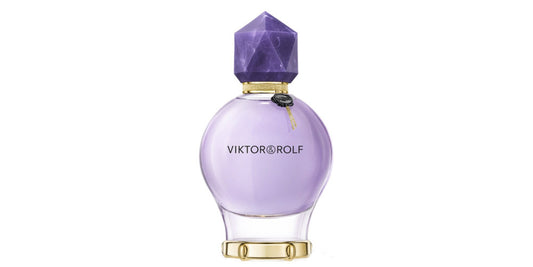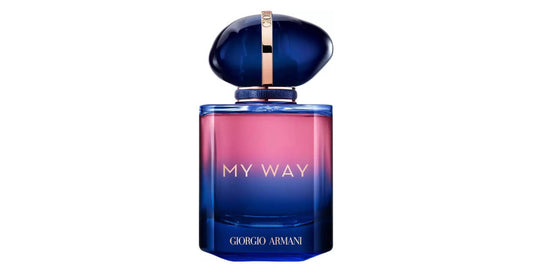Orange blossom in perfumery
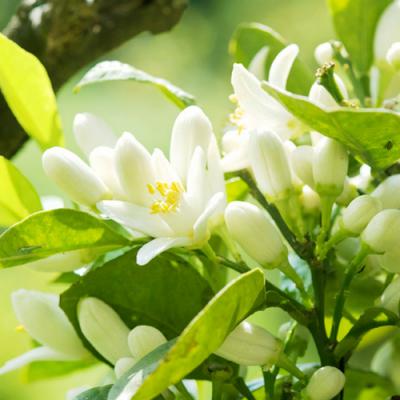
In This Article
History and Characteristics of Orange Blossom
Orange blossom, the delicate white flower of the bitter orange tree, has a rich history that dates back to the Arab world, where its popularity spread across the Islamic Empire and Spain. It wasn't until the 11th century that the Crusaders introduced orange blossom to other European countries, starting with Sicily and then moving to Provence. Anne-Marie Orsini, the Duchess of Braccio and Princess of Néroli, famously used orange blossom to perfume her bath and clothes in the late 17th century. Too fragile for traditional distillation, the Arabs improved upon a Greek still system to extract the essence of orange blossom, leading to the creation of orange blossom essential oil.
Fun Fact: The term "neroli" is derived from Anne-Marie Orsini's title, Princess of Néroli, as a tribute to her love for orange blossom.
In perfumery, orange blossom carries a floral, waxy, sweet, powdery, and green scent. While it shares some similarities with neroli essence, orange blossom has a more intense fragrance. It's often used in the creation of oriental and floral perfume compositions.
Orange Blossom Fragrances
Caron's Narcisse Noir perfume is a stunning example of orange blossom's magnificence. Introduced in 1911, this classic fragrance was reformulated in the 2000s to present a more refined orange blossom scent that is silky and intense. The fragrance features a second-skin effect with a soft and opulent style, with sandalwood and white musks as base notes.
Fun Fact: Orange blossom is often associated with weddings, as it symbolizes purity, innocence, and eternal love. It has been used in bridal bouquets and wedding decorations for centuries.
Calvin Klein's CK One Summer fragrance bursts with orange blossom notes. This exotic-style scent features a fruity heart, including guava and prominent orange blossom. Its sweetness is slightly woody, with a cedar note, giving the essence of summer in a bottle.
Lolita Lempicka's L is a quintessential feminine orange blossom fragrance, combining orange blossom and vanilla with neroli, mandarin, and bergamot notes for an invigorating scent. The orange blossom is also slightly caramelized, with patchouli, amber, and woody notes. L is smooth, soft, and comforting, exuding a sense of serenity.
Fun Fact: Orange blossom essential oil is also used in aromatherapy due to its calming and relaxing properties, which can help reduce anxiety and promote a sense of well-being.
Other notable orange blossom fragrances include Serge Lutens Fleurs d'Oranger, Jo Malone Orange Blossom, Tom Ford Neroli Portofino, Byredo Flowerhead, and Penhaligon's Orange Blossom. Each of these perfumes showcases the versatility and allure of orange blossom in unique ways: Serge Lutens Fleurs d'Oranger: This perfume highlights a heady and intense orange blossom note, accompanied by jasmine, tuberose, and white rose. The outcome is a luxurious and opulent scent, perfect for special occasions. Jo Malone Orange Blossom: This fragrance features a bright and sunny orange blossom note, enhanced by additional citrus notes like clementine and mandarin. Water lily and iris provide a touch of floral sweetness, making it an uplifting and cheerful scent. Tom Ford Neroli Portofino: Inspired by the Italian Riviera, this fragrance showcases a fresh and sparkling orange blossom note, blended with neroli, bergamot, and lemon. The result is a refreshing and invigorating scent, ideal for summertime. Byredo Flowerhead: This perfume offers a fresh, modern take on orange blossom, combined with rose, jasmine, and tuberose. The orange blossom note is less sweet than in other fragrances, giving the scent a contemporary appeal. Penhaligon's Orange Blossom: This fragrance presents a classic and timeless interpretation of orange blossom, blended with petitgrain, bergamot, and jasmine. The outcome is a fresh and elegant scent, perfect for everyday wear.
Fun Fact: In addition to its use in perfumery, orange blossom water is a popular ingredient in Middle Eastern and Mediterranean cuisine, often used to flavor desserts, pastries, and beverages. In conclusion, the captivating history and enchanting scent of orange blossom have made it a popular choice in perfumery for centuries. With its versatile fragrance profile, orange blossom continues to inspire a wide range of perfumes, from fresh and citrusy to opulent and luxurious.


